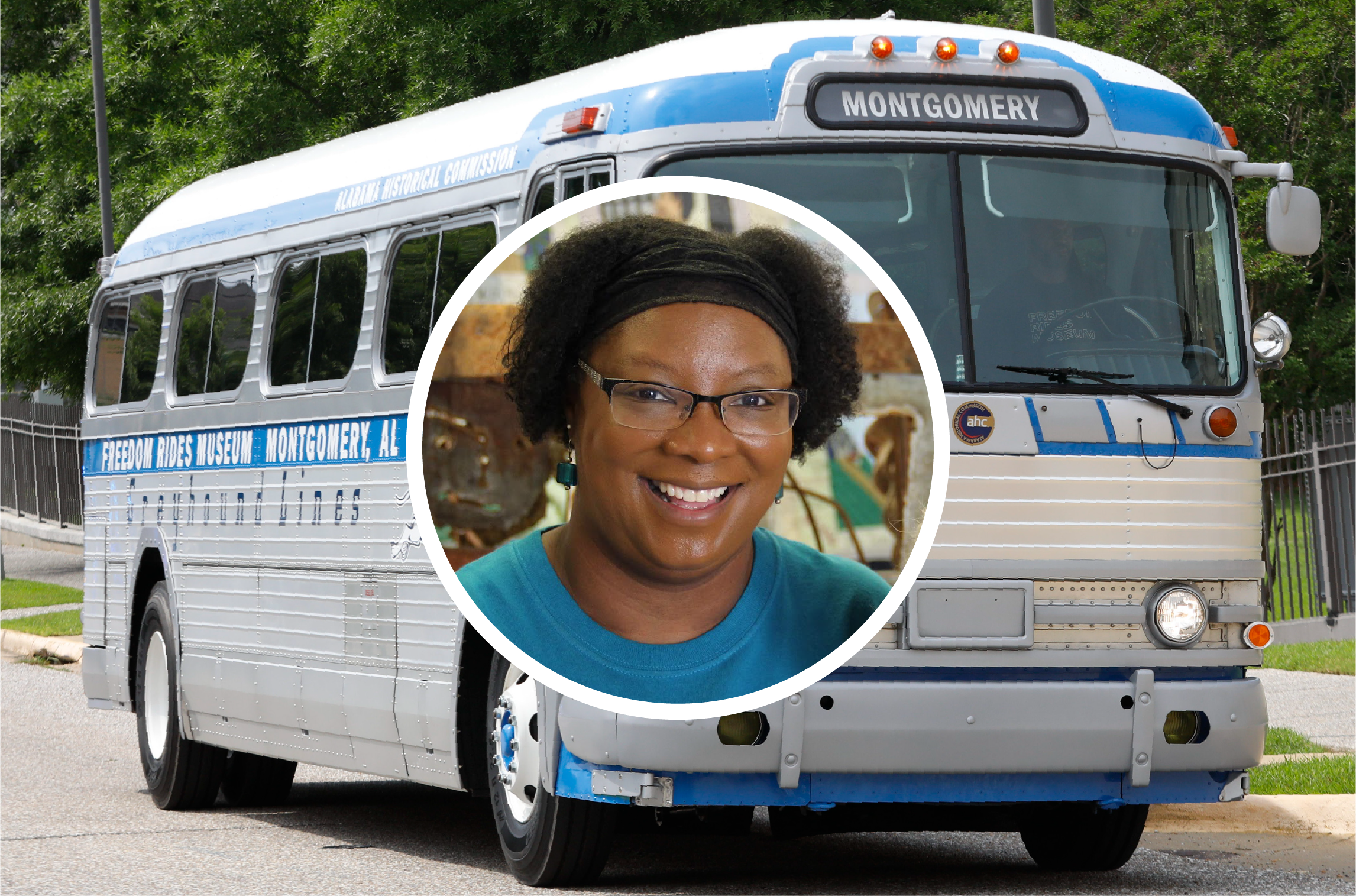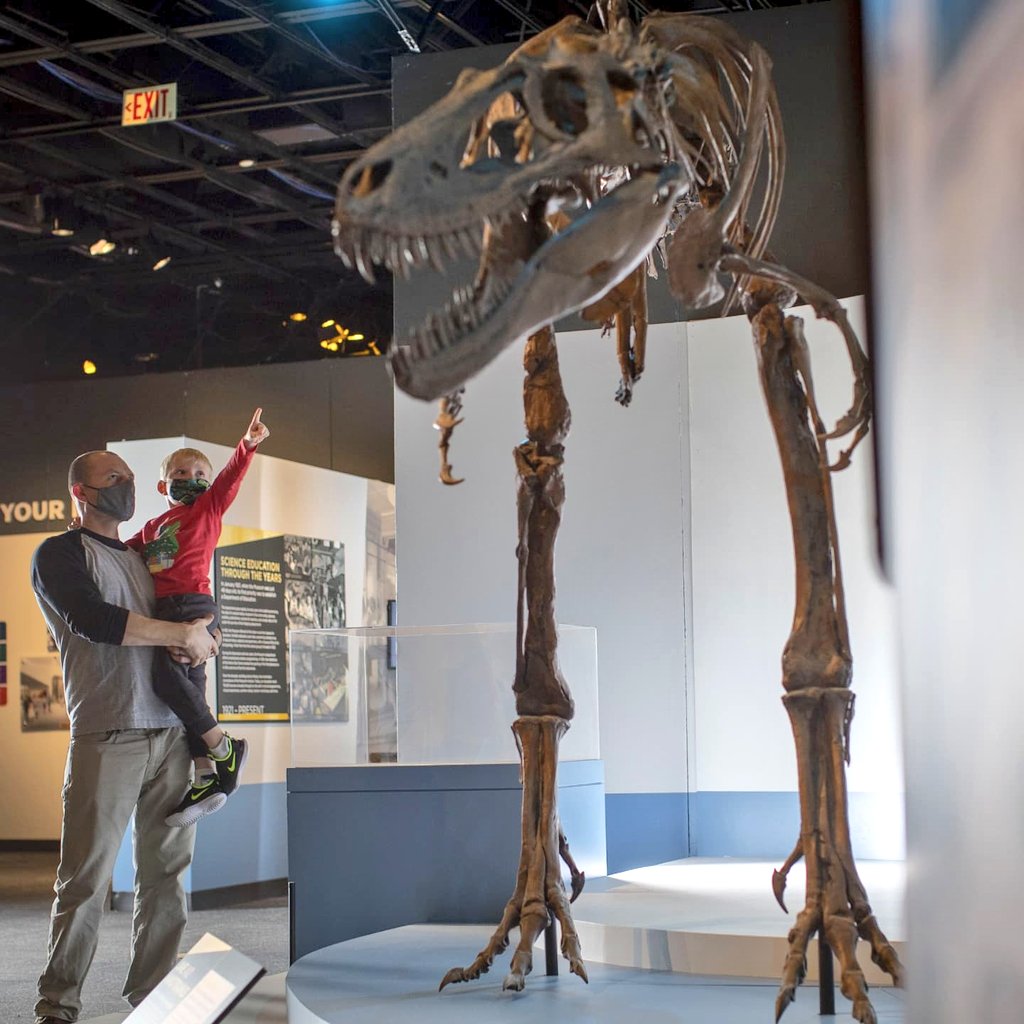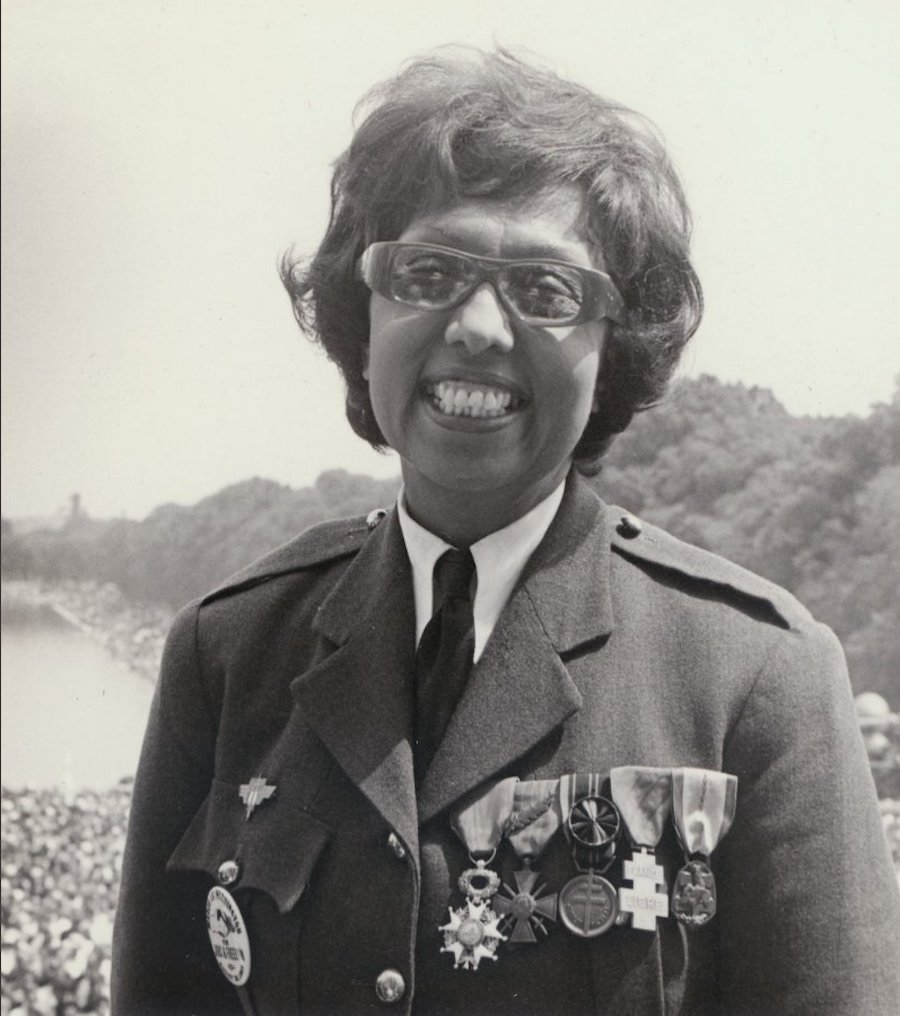What We’re Seeing: More Empathy
As we turn the page on 2020, if we had to single out one theme that has emerged most consistently from all of the conversations we have had with museum professionals, it would be empathy. Empathy for staff members, for visitors, and for everyone else who comes into contact with the museum physically or virtually. This empathy takes many forms: from recognizing the stress that people are enduring and offering assistance, to taking the time to listen and understand what the communities the museums serve are going through, to finding novel ways to connect with those audiences.
While staff members are working tirelessly to reimagine how they deliver content and quality experiences to their visitors, they are tired. Many of them have been making digital content in addition to coordinating with their colleagues in order to reopen their museums. (And who among us is not burned out from Zoom meetings.)
In our interview with Vance Birthplace Site Manager Kimberly Floyd, she said, “We pushed [digital content] really hard in the beginning, so that did take some checking in and saying, ‘We’re all really burned out.’” Now, the team is learning to balance creating digital content with their on-site duties as the site has reopened.
The pandemic has exhausted everyone. Now more than ever, we need to listen. We need to understand. We need to connect, learn, and share experiences with each other. In order to fully do this, the professionals we have heard from are trying more than ever to increase accessibility, whether that means physical accessibility for those who are high-risk and cannot leave their homes right now or ensuring that minority groups feel represented in exhibitions.
We’re also finding novel ways to connect. 2020 taught us that empathy is at the heart of moving anything forward during a global pandemic. We’re seeing it in how artists reach their audiences. We are seeing it every day in Zoom calls, as people juggle work and home responsibilities and coworkers are more understanding of that balance. We’re seeing it in the museum and exhibition world, as we focus on online exhibits, virtual social events, and a safe return to in-person visits.
We’re seeing empathy in the emphasis on online programming, like the Cummer Museum of Art & Garden’s virtual Art4All Festival and the NC History Museum’s History + Highballs series.
And beyond the empathy in the face of a global health emergency, we’re seeing greater and more sincere understanding from many in a renewed focus on equality and accessibility in response to the social justice movements that heated up over the summer. This may include community outreach to groups whom, historically, may not have felt that museums were meant for them, or programming aimed at showcasing underrepresented artists.
Kim Kuta Dring of the Cummer Museum of Art & Gardens told us in our interview, “the conversation in the museum field is about equity, it is about sustainability, it is about changing the narrative and presenting full and honest stories of artworks and people.”
We could not agree more. So as we welcome 2021, let us do so with a renewed passion for storytelling that is accessible to everyone, is representative of all of us, and is rooted in empathy.












